Bacteria belonging to the Staphylococcus family are non-motile Gram-positive cocci. In shape, they resemble regular balls with a diameter of 0.6 to 1.2 microns. They are located in clusters that are shaped like a bunch of grapes.
Types of bacteria
Specialists distinguish several types of staphylococci. The most dangerous is considered These pathogenic staphylococci are able to secrete a special golden pigment. They can cause purulent inflammation in various organs and tissues of the body. These bacteria produce an enzyme called coagulase. Because of this, they are called kagulase-positive staphylococci. Separately, its special subspecies are distinguished, which are called methicillin-resistant. It includes all strains of Staphylococcus aureus, which are resistant to a wide spectrum. They are quite difficult to treat.
On the mucous membranes, an epidermal appearance is often found. It can provoke the development of endocarditis, sepsis, conjunctivitis, purulent lesions of wounds and urinary tract.
Acute urethritis and cystitis are caused by saprophytic staphylococci. The hemolytic species of these bacteria causes the development of skin lesions, sepsis, endocarditis, cystitis, urethritis and inflammatory diseases of various organs.
Opportunistic staphylococcus can also be found on the skin and mucous membranes.
Impending danger
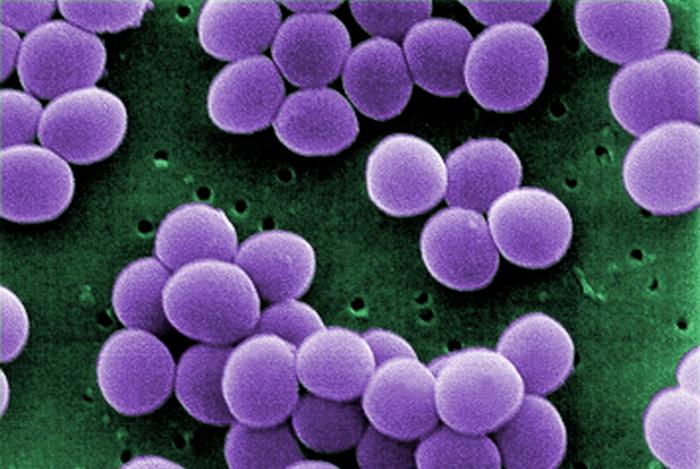
In total, there are about 20 types of staphylococci. But most of them are part of the normal microflora, they can be on the skin and do not cause any diseases.
Staphylococcus aureus is dangerous. is located on the nasopharyngeal mucosa, it is also found in the vagina in women. Sometimes it is found in the gastrointestinal tract. You can also find it on the skin - in the armpits or groin.
It should be understood that it is not the bacteria themselves that are dangerous, but the staphylococcal infections that they cause. If a person has normal immunity, then most of the microorganisms of this group will not affect him in any way. And in those who have it weakened, any pathogenic staphylococci can lead to the development of infections. They manifest as diseases with inflammatory-purulent foci, which are accompanied by intoxication.
Ways and causes of infections
Speaking about the possibility of infection with staphylococci, it should be understood that they are everywhere. There are various ways of infection:
Airborne;
Alimentary (from infected feces or vomiting);
Contact household;
Artifical (from insufficiently clean medical instruments);
Air and dust.
You can get infected from household items, other people or by eating contaminated products. Bacteria can also enter through damaged areas of the skin or mucous membranes.
Some people are carriers of pathogenic staphylococci. They live on the skin and mucous membranes, but do not cause any changes. The danger is posed by people who are constant carriers of these bacteria. Although a person with normal immunity should not be afraid. Staphylococcal infections develop under a combination of a number of favorable circumstances, including a weakened body's defenses.
Possible diseases
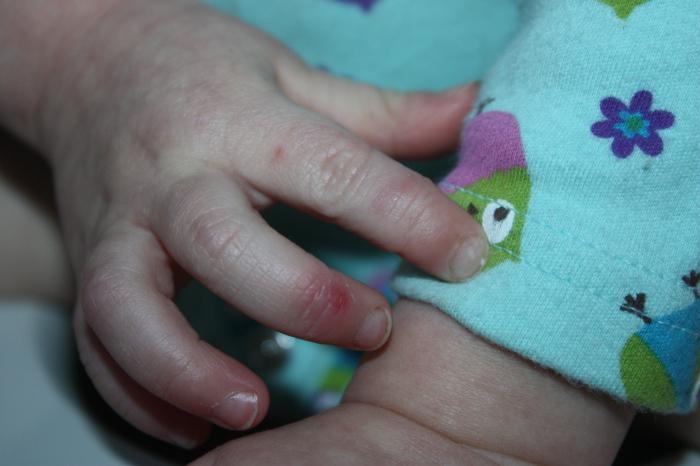
Specialists can describe more than 100 different clinical manifestations of infection. After all, pathogenic staphylococci can affect any organs and tissues of the body. They cause purulent-inflammatory processes and can cause tonsillitis, pharyngitis, sinusitis, rhinitis, bronchitis, pneumonia, pyoderma, osteomyelitis, arthritis, food poisoning, furunculosis, sepsis.
For example, almost 80% of septic arthritis that develops in adolescents and adults is caused by Staphylococcus aureus. Also, these microorganisms can cause the development of mastitis in women who have given birth and sepsis in newborns.
Can reveal pathogenic staphylococcus analysis - bakposev with sensitivity to antibiotics. They allow you to find out which bacteria caused the infection. The analysis also shows which bacterial preparations it is susceptible to.
Nose lesions
Quite often, people experience rhinitis or sinusitis. The cause of their development may be pathogenic staphylococcus aureus in the nose. It is quite often found on the mucous membrane of this organ. With the weakening of local immunity, bacteria cause acute rhinitis, sinusitis, frontal sinusitis, sinusitis. Staphylococcus can provoke the appearance of an acute or chronic form of these diseases.
Often, rhinitis begins with the appearance of clear mucous discharge from the nose. If it becomes complicated, then they appear. They can be distinguished by a yellow-green color. Also, the disease is characterized by nasal congestion and a change in voice (nasal sounds appear).
If the cause of the disease is pathogenic staphylococcus in the nose, then it may be accompanied by painful sensations. With frontal sinusitis, they are not necessarily localized in the frontal sinuses, but can manifest themselves as a general headache. With unilateral inflammation - pain is observed on one side.
Problems with the pharynx, lungs, bronchi
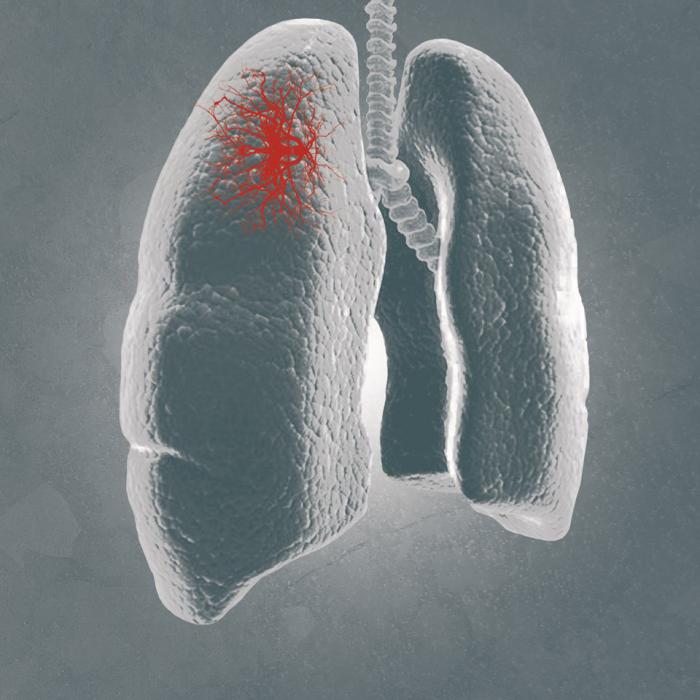
The cause of chronic pharyngitis is often Staphylococcus aureus. An opportunistic pathogen can only cause disease in people with weakened immune systems. If Staphylococcus aureus is activated, then the patient will have pronounced symptoms. On the back wall, an accumulation of viscous mucus will be visualized upon examination, all parts of the pharynx will be reddened. A sore throat appears - this signals that the mucous membrane is affected by bacteria. Often pharyngitis is accompanied
If pathogenic staphylococci attack the larynx, then this can cause laryngitis. The disease is accompanied by pain when swallowing, damage to the vocal cords, dry cough.
Also, these bacteria can cause bronchitis or pneumonia. In most cases, the disease is caused by a virus. But against the background of violations, staphylococci easily penetrate the bronchial mucosa or lung tissue. Bacterial pneumonia may be indicated by the release of mucopurulent sputum when coughing, chest pain.
Other diseases
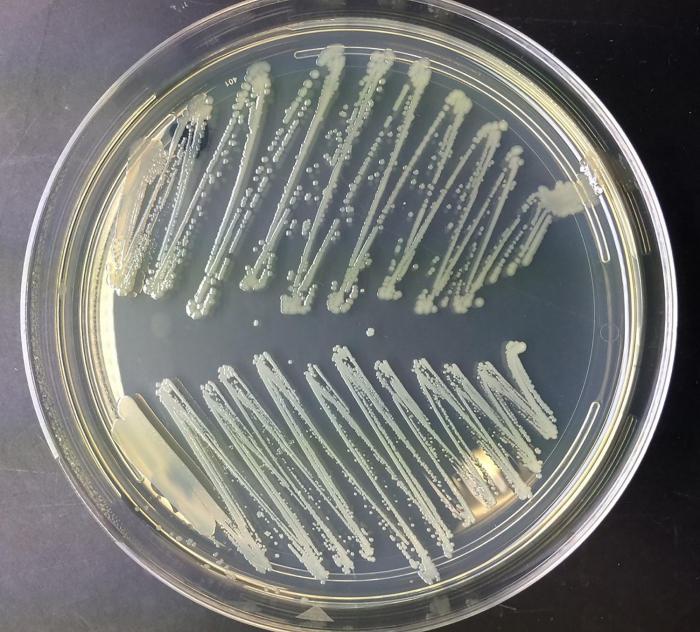
Staphylococcus aureus can cause other problems as well. So, when eating foods infected with this bacterium, after 30 minutes, nausea, abdominal pain, vomiting and watery diarrhea may appear. In this case, pathogenic staphylococcus aureus will be found in the feces.
A purulent skin lesion resulting from the action of this microorganism is called pyoderma. This is one of the most common skin lesions.
Not protected from the influence of staphylococcus and newborns. In medicine, there is such a thing as "scalded babies syndrome." Some strains of pathogenic staphylococci secrete toxins, and due to their influence on the skin of babies, large foci of redness appear. In their place, blisters then appear, which look like blisters after burns.
Necessary Therapy
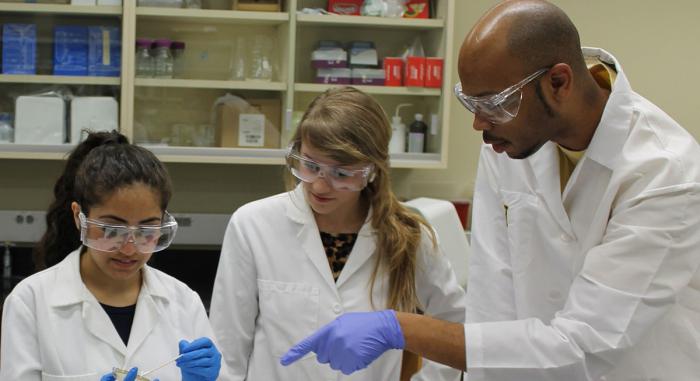
Having found a staphylococcal infection, it is important to competently approach its treatment. It should be based on antibiotic therapy. In a number of severe cases, even the use of a special anti-staphylococcal immunoglobulin is indicated.
At the same time, you should not think that the disease will go away on its own. If pathogenic staphylococcus was found in the nose, the treatment is selected according to the antibiogram made. If you start therapy without knowing which drugs the bacteria are sensitive to, you can only achieve that the microorganisms become more resistant, and the person's immunity will only weaken.
So, therapy can be carried out with the help of antibiotics such as Clindamycin, Erythromycin, Clarithromycin, Cefotaxime, Amoxicillin, Cloxacillin, Cefazolin, Vancomycin.

